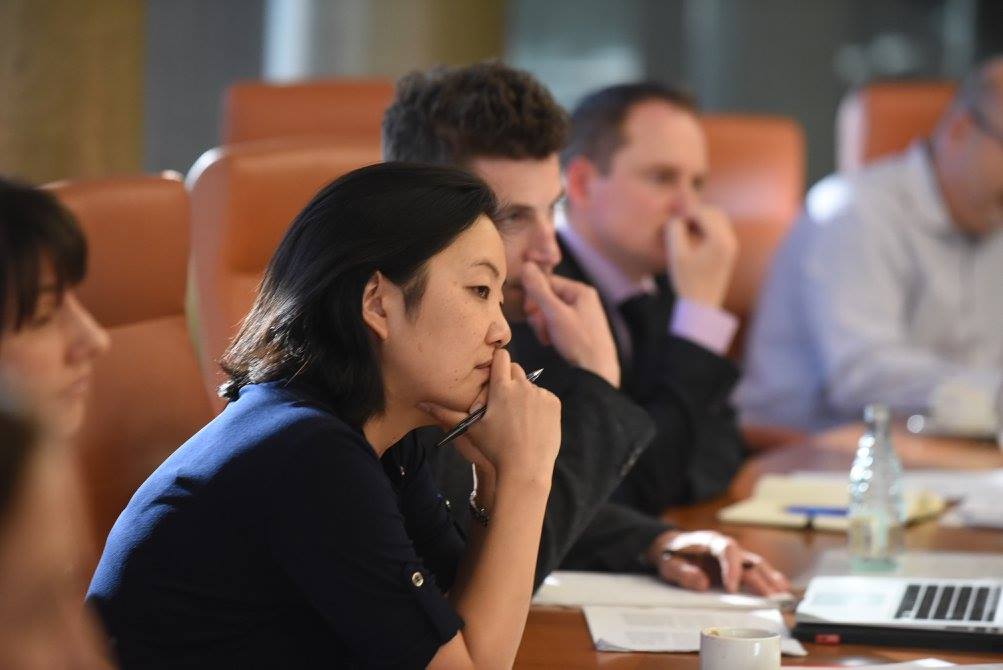Understanding global governance to be “the institutional arrangements used to identify problems, facilitate decision-making, and promote rule-based behavior on a global scale,” the book’s editors – Michael N. Barnett, Jon C.W. Pevehouse, and Kal Raustiala (who also led the meetings) – explore its changing faces.
The project brought together scholars to first ask what, how and why the organization of global governance has been changing from the International Organization model established in the post-war era, and then to address whether and how these changes can lead to progress on vital global issues.
As authority has become more fragmented and geographically dispersed over time, the “cast” of actors has expanded. International Organizations must now take these emerging voices into account, and work with and alongside, for example, “NGOs, public-private partnerships, multi-stakeholder arrangements, transnational networks, private organizations, corporations and foundations.”
As the editors explain, “In order to better understand whether and how relations among the now myriad key actors have changed we use the lens of modes of governance.” They focus on “three ideal-typical modes drawn from economic and sociological institutionalism: hierarchy, network, and market.” These modes differ in their manner of producing, sustaining and enforcing rules, as well as in the actors involved and their relative authority. The work also identifies key forces behind these shifts. Chapter authors apply these “modes” to various issue areas.
Cambridge University Press offers the work in several formats, including Open Access.
